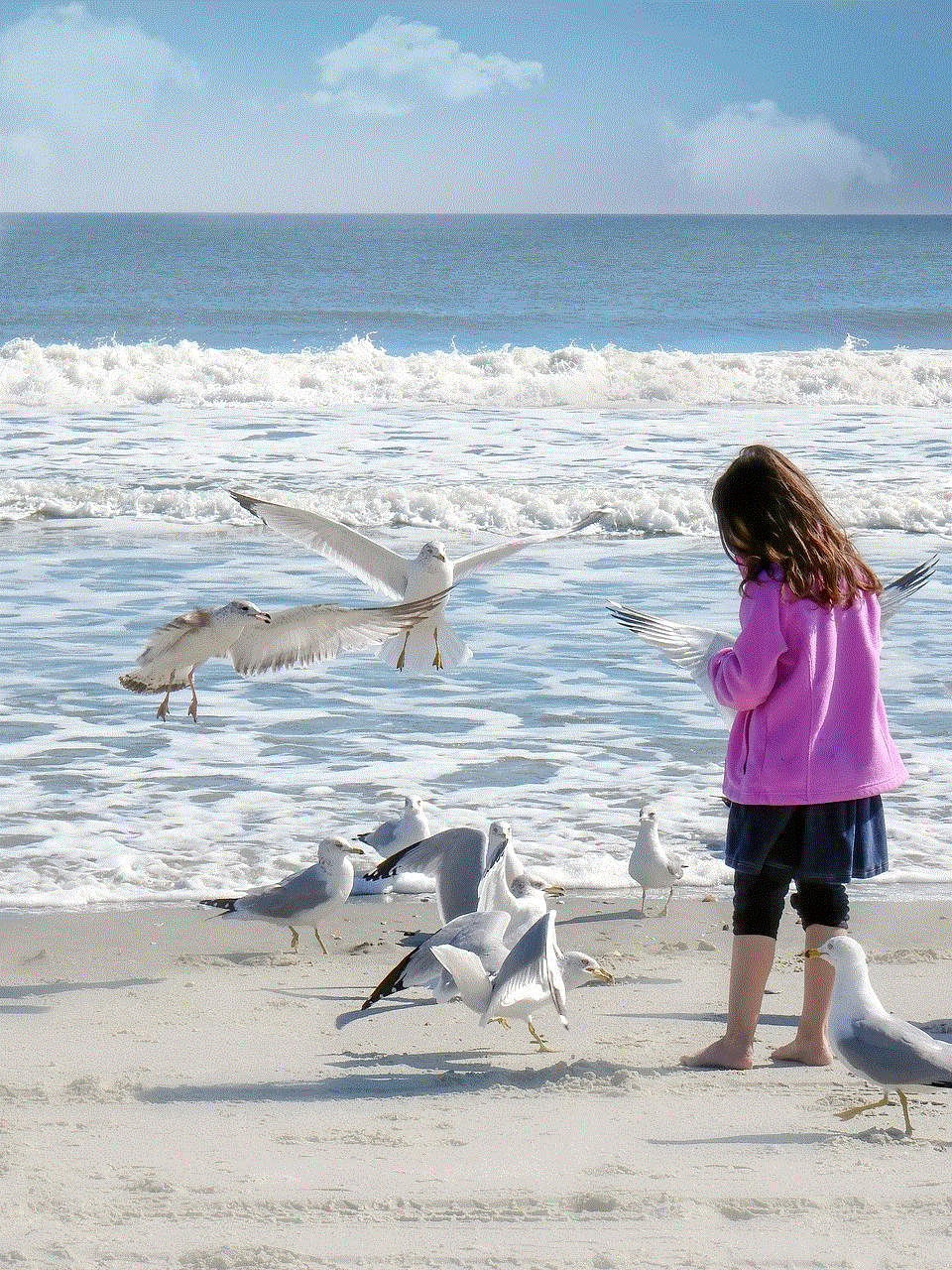outside games to play with kids
Playing games with kids is a great way to bond, have fun and create lasting memories. However, sometimes it can be challenging to come up with new and interesting games to play with kids. This is especially true when they have been cooped up inside for too long and are itching to go outside and play. In this article, we will be exploring some of the best outside games to play with kids that are not only fun but also help in their physical and mental development.
1. Scavenger Hunt
Scavenger hunts are a classic game that never fails to entertain kids. This game can be played in a backyard, park, or any outdoor space. You can create a list of items for the kids to find or hide specific items for them to discover. To make it more challenging, you can add riddles or clues to guide them to the items. Not only does this game keep the kids physically active, but it also encourages problem-solving and teamwork.
2. Sidewalk Chalk Art
Sidewalk chalk art is a great way to let your kids unleash their creativity and imagination. All you need is a pack of colorful chalk and a sidewalk or any paved surface. Encourage your kids to draw their favorite animals, flowers, or scenes. You can also turn it into a competition by giving them a theme or challenging them to draw something specific. This game not only allows kids to express themselves but also helps in improving their fine motor skills.
3. Water Balloon Toss
On a hot summer day, a water balloon toss is the perfect game to cool down and have some fun. Fill up some water balloons and have the kids stand in a line. The first kid tosses the balloon to the next, who then tosses it to the next, and so on. When the balloon breaks, the game is over, and the last kid standing wins. You can also make it more challenging by adding obstacles or increasing the distance between the players.
4. Obstacle Course
Creating an obstacle course in your backyard is another fun way to keep kids active and entertained. You can use everyday items such as hula hoops, cones, jump ropes, and even old tires to create different challenges. You can also use a timer to add a competitive element to the game. This game helps in developing gross motor skills, balance, and coordination.
5. Simon Says
Simon Says is a classic game that never gets old. It can be played with kids of all ages, and all you need is a bit of space. One person is designated as Simon, and they give instructions such as “Simon says touch your toes” or “Simon says hop on one foot.” The catch is that the players should only follow the instructions when Simon says “Simon says.” If they follow an instruction without hearing “Simon says,” they are out of the game. This game helps in developing listening skills and following instructions.
6. Hopscotch
Hopscotch is a popular game that can be played with chalk and a flat surface. Draw a hopscotch grid with numbers on the ground, and each player takes turns tossing a small stone or beanbag onto the grid. The player then hops through the grid, skipping the square with the stone. The game continues until all the numbers have been reached. This game helps in developing balance, coordination, and counting skills.
7. Freeze Dance
Freeze Dance is a great game to get kids moving and grooving. All you need is some music and a designated person to control the music. The kids dance to the music, and when the music stops, they have to freeze in their position. Anyone who moves after the music stops is out of the game. This game not only keeps the kids active but also helps in developing listening skills and self-control.
8. Nature Scavenger Hunt
A nature scavenger hunt is a great way to get kids to explore and learn about their surroundings. Create a list of items for them to find in nature, such as a pinecone, a feather, or a rock. You can also add pictures to the list for younger kids who can’t read yet. Take the kids to a nearby park or nature trail, and let them search for the items on the list. This game helps in developing observation skills and an appreciation for nature.
9. Red Light, Green Light
Red Light, Green Light is a game that requires a bit of space and a designated person to control the game. One person stands at one end, and the rest of the players stand at the other end. The designated person turns their back and says “green light,” and the players start moving towards them. When they say “red light,” the players have to freeze. If anyone is caught moving after “red light,” they are out of the game. The game continues until one player reaches the designated person. This game helps in developing listening skills and self-control.
10. Water Gun Fight
On a hot summer day, a water gun fight is a perfect game to cool down and have fun. Fill up some water guns and let the kids run around and spray each other. You can also add obstacles or create teams to make it more challenging. This game helps in developing teamwork and gross motor skills.
11. Duck, Duck, Goose
Duck, Duck, Goose is another classic game that can be played outside. The players sit in a circle, and one person goes around tapping each player on the head, saying “duck” each time. When they say “goose,” the player they tapped has to get up and chase them around the circle. If the goose tags the person before they reach the goose’s spot, the goose becomes the new tapper. This game helps in developing listening skills and social skills.
12. Frisbee Golf
Frisbee golf is a fun twist on traditional golf that can be played in a park or backyard. You can create your own “holes” using objects such as trees, trash cans, or hula hoops. Each player takes turns throwing a frisbee towards the “hole,” and the player with the fewest throws wins. This game helps in developing hand-eye coordination and gross motor skills.
13. Three-Legged Race
The three-legged race is a classic game that requires teamwork and coordination. Pair up the kids, tie one of their legs to their partner’s leg, and have them race towards the finish line. This game can be made more challenging by adding obstacles or increasing the distance between the players. It helps in developing teamwork, balance, and coordination.



14. Capture the Flag
Capture the Flag is a game that requires strategy and teamwork. Divide the players into two teams and give them each a flag. Each team has to hide their flag and try to capture the other team’s flag without getting tagged. If a player gets tagged, they are sent to “jail,” and their team has to rescue them. This game helps in developing strategic thinking, teamwork, and physical fitness.
15. Kick the Can
Kick the Can is a game that can be played with a group of kids in a backyard or park. One person is designated as “it,” and the rest of the players hide while the person counts. The person who is “it” has to find and tag all the players. If a player gets tagged, they have to go to “jail.” However, if one of the players manages to kick the can, all the players in “jail” are set free. This game helps in developing strategy, teamwork, and physical fitness.
In conclusion, playing outside games with kids not only provides them with a fun and enjoyable experience but also helps in their physical, mental, and social development. These games encourage teamwork, problem-solving, and creativity while keeping kids active and engaged. So, the next time your kids are restless and looking for something to do, try one of these outside games and watch them have a blast!
i can’t with you meaning
“I can’t with you” is a phrase that has become increasingly popular in recent years, particularly in online conversations. It is often used as a response to something frustrating, annoying, or simply beyond comprehension. While the phrase may seem simple and straightforward, it actually holds a lot of meaning and can be interpreted in various ways depending on the context. In this article, we will explore the origins and evolution of “I can’t with you,” its usage in different situations, and what it says about our modern society.
Origin and Evolution of “I Can’t With You”
The exact origin of “I can’t with you” is unclear, but it is believed to have originated in African American Vernacular English (AAVE) in the late 20th century. AAVE is a dialect of English spoken by some African Americans and is characterized by unique grammatical structures, vocabulary, and intonations. Over the years, AAVE has greatly influenced mainstream English, and many phrases, including “I can’t with you,” have made their way into popular culture.
In its early days, “I can’t with you” was used as a playful and humorous way to express exasperation or disbelief. It was often said in response to something outrageous or ridiculous, such as a friend’s crazy antics or a celebrity’s outrageous behavior. For example, if a friend showed up to a party wearing a ridiculous outfit, one might respond with “I can’t with you and your fashion choices.” The phrase was also often used in online conversations, particularly in social media comments and memes.
However, as the phrase gained popularity, its usage evolved to encompass a wider range of emotions and situations. Today, “I can’t with you” is not just used in a lighthearted manner, but also as a genuine expression of frustration, anger, or disappointment. It has become a way to convey strong emotions without having to use explicit language, making it a popular choice among younger generations who are more conscious about their language use.
Usage in Different Situations



“I can’t with you” can be used in various situations, and its meaning can change depending on the context and tone. Here are some common scenarios where you might hear or use this phrase:
1. Frustration or Annoyance: This is the most common usage of “I can’t with you.” It is often used when someone does or says something that is annoying, frustrating, or just plain ridiculous. For example, if a friend constantly cancels plans at the last minute, you might say “I can’t with you and your flakiness.”
2. Disbelief or Shock: Another common usage of “I can’t with you” is in response to something shocking or unbelievable. It can be used when someone shares a bizarre story or makes an outrageous statement. For instance, if a co-worker tells you they won the lottery, you might respond with “I can’t with you and your luck.”
3. Disappointment: “I can’t with you” can also be used to express disappointment in someone’s actions or behavior. For example, if a friend repeatedly breaks promises or fails to follow through on commitments, you might say “I can’t with you and your unreliability.”
4. Sarcasm: Sometimes, “I can’t with you” is used sarcastically, often in response to something positive or good. For instance, if a friend shares a photo of themselves looking fabulous, you might respond with “I can’t with you and your perfect Instagram photos.”
5. Expressing Love or Admiration: In some instances, “I can’t with you” is used to express love or admiration for someone. This usage is often seen in romantic relationships, where one partner might say “I can’t with you and your cuteness” as a way to express their affection.
6. Self-Deprecation: “I can’t with you” can also be used in a self-deprecating manner, particularly when someone is feeling overwhelmed or frustrated with themselves. For example, if a student is struggling with a difficult assignment, they might say “I can’t with myself and my lack of motivation.”
What “I Can’t With You” Says About Our Society
While “I can’t with you” may seem like a simple and harmless phrase, it actually reveals a lot about our society and the way we communicate. For one, it highlights the increasing reliance on technology and social media for communication. The phrase originated in online conversations and has become a popular choice for expressing emotions in the digital age. It also reflects the fast-paced nature of our society, where we are constantly bombarded with information and have limited time to process our emotions. “I can’t with you” provides a quick and efficient way to express frustration or annoyance without having to explain ourselves.
Additionally, the popularity of “I can’t with you” also speaks to the rise of slang and informal language in everyday communication. In the past, using slang was often seen as a sign of poor education or lack of intelligence. However, with the rise of social media and popular culture, slang has become more widely accepted and even celebrated. “I can’t with you” is just one example of how slang has infiltrated mainstream English and is constantly evolving to adapt to new contexts and situations.
Furthermore, “I can’t with you” also reflects the changing attitudes towards emotions and mental health. In the past, expressing strong emotions was often seen as a sign of weakness or instability. However, today, there is a growing awareness and acceptance of mental health issues, and “I can’t with you” provides a way for people to express their emotions in a more socially acceptable manner.



Conclusion
In conclusion, “I can’t with you” may seem like a simple and casual phrase, but it holds a lot of meaning and reflects the changing nature of language and communication in our society. From its origins in AAVE to its various usages in different situations, this phrase has become a popular way to express emotions in the digital age. It also sheds light on our reliance on technology, the rise of slang, and the changing attitudes towards emotions and mental health. So the next time you find yourself saying “I can’t with you,” remember that it is not just a phrase, but a reflection of our modern society.
